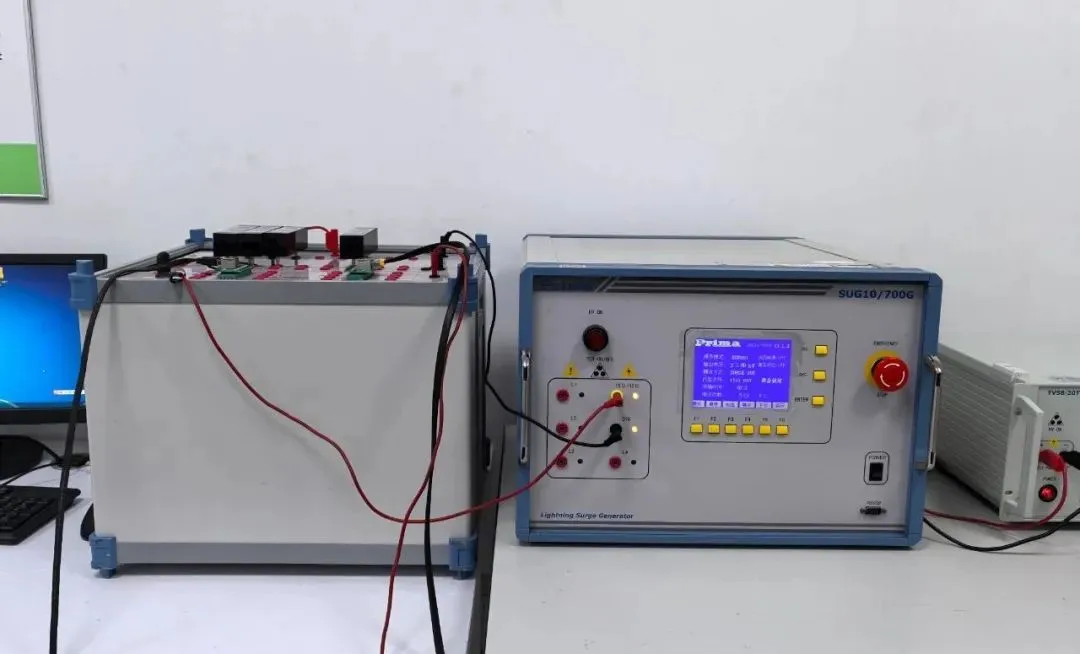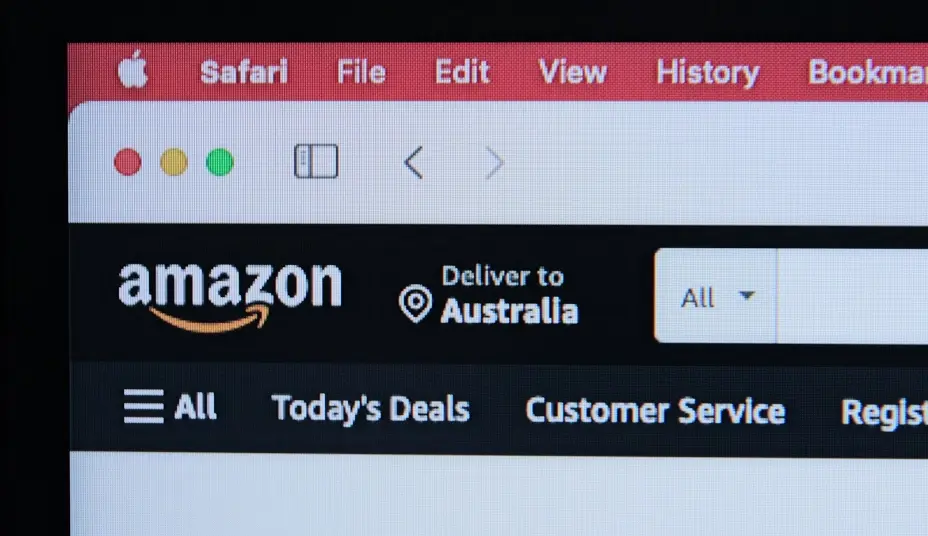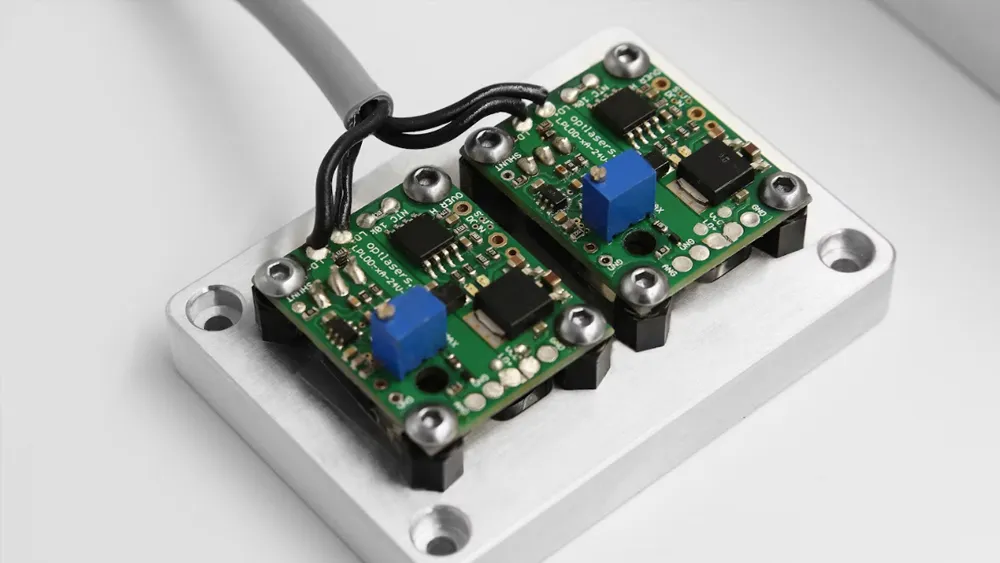
Australian Safety Standards for Toys
The Australian toy market is a \$5 billion AUD industry, with the majority of toys manufactuRED in China. Like many countries, Australia’s toy safety regULations require manufacturers to test products before they can be legally sold. The regulation of the Australian toy market is similar to that of the EU and the US—strict standards define the minimum requirements for selling toys in Australia. If you're a manufacturer, importer, or retailer already selling toys in the EU or US, you may already comply with Australian standards. If not, the barriers to entering the Australian market may be lower than you think.
Below, we explain Australia’s Toy Safety Standards to help you understand how close your products are to being ready for sale in the Australian market.
Australia’s Five Mandatory Toy Safety Standards
Australia’s mandatory toy compliance standards fall into five categories. Most Australian regulations align with the following standards:
1. Australian/New Zealand Standard AS/NZS ISO 8124
2. International Standard ISO 8124
3. European Standard EN 71
4. U.S. Standard ASTM F963
The following five mandatory Australian toy safety standards are prerequisites for legally selling toys in Australia:
1. Toys for Children Aged Up to and Including 36 Months (Toy Safety Standard 2023)
The purpose of this standard is to minimize the risk of small parts detaching during use or normal wear and tear, which could lead to choking, suffocation, or injury in children under 36 months.
The mandatory standard allows compliance with any one of the following:
1. AS/NZS ISO 8124.1:2023– Safety of toys – Part 1: Safety aspects related to mechanical and physical properties
2. ISO 8124-1:2022– Safety of toys – Part 1: Safety aspects related to mechanical and physical properties
3. EN 71-1:2014 + A1:2018– Safety of toys – Part 1: Mechanical and physical properties
4. astm f963-17– Standard Consumer Safety Specification for Toy Safety
Testing requirements include (but are not limited to):
1. Small parts testing for toys intended for children under 36 months
2. Tests for shape, size, and strength of certain toy components
3. Mouth-actuated toys
Toys covered by this standard include rattles, teethers, toy cars, dolls, bath toys, push/pull toys, games and puzzles, and toys meant to be attached to cribs, playpens, strollers, and prams. A more comprehensive list can be found on the Australian Product Safety website.
This standard also requires that toys powered by any type of battery, intended for children under 36 months, must have a securely sealed battery compartment that requires tools to open.
2. Projectile Toys (Consumer Goods \[Projectile Toys] Safety Standard 2020)
This standard addresses potential eye injuries, choking hazards, and skin puncture risks.
Projectile toys must comply with the relevant parts of one of the following four standards:
1. AS/NZS 8124.1:2019– Safety of toys – Part 1: Mechanical and physical properties(including Amendments 1 and 2)
2. EN 71-1:2014 + A1:2018– Safety of toys – Part 1: Mechanical and physical properties
3. ISO 8124-1:2018– Safety of toys – Part 1: Mechanical and physical properties(including Amendments 1 and 2)
4. ASTM F963-17– Standard Consumer Safety Specification for Toy Safety
These standards cover:
1. Maximum launching force of projectiles
2. Protective measures against skin penetration
3. Projectile size
4. Features to prevent unsafe modification for increased launch force
Additionally, labeling requirements apply to toys launching projectiles more than 300 mm or with kinetic energy exceeding 0.08 joules.
Examples include toy guns, slingshots, bow and arrow sets, and dart guns. If suction cups detach from projectile shafts after repeated bending, they may present a choking hazard.
3. Toys Containing Magnets (Consumer Goods \[Toys Containing Magnets] Safety Standard 2020)
Ingesting magnets can cause choking and severe internal injuries. If swallowed in pairs, magnets may cause intestinal blockages and perforations, potentially leading to death. The following standards and testing requirements aim to reduce the risk of children ingesting magnetic toys.
Magnetic toys must comply with the relevant parts of one of the following:
1. AS/NZS 8124.1:2019– Safety of toys – Part 1: Mechanical and physical properties
2. EN 71-1:2014 + A1:2018– Safety of toys – Part 1: Mechanical and physical properties
3. ISO 8124-1:2018– Safety of toys – Part 1: Mechanical and physical properties
4. ASTM F963-17– Standard Consumer Safety Specification for Toy Safety
These standards include multiple testing requirements related to magnetic force, size, and secure enclosure.
4. Aquatic Toys (Consumer Goods \[Aquatic Toys] Safety Standard 2020)
This standard applies to water toys, especially those designed to support the weight of children under 14 in shallow water. Its main focus is prominent warning labels. Australian safety standards require manufacturers to clearly state that these products are not safety devices and that children must never be left unsupervised.
Aquatic toys must comply with relevant parts of one of the following two standards:
1. AS/NZS ISO 8124.1:2019– Safety of toys – Part 1: Mechanical and physical properties
2. ISO 8124-1:2018– Safety of toys – Part 1: Mechanical and physical properties
For example, inflatable aquatic toys must have air valves with non-return mechanisms and permanently attached stoppers.
Toys must include a statement that the toy is not a life-saving device and should only be used in shallow water under adult supervision. Advertising must not imply or state that children will be safe when left alone with these products.
5. Lead and Other Elements in Children’s Toys
Due to the nature of play, which often involves prolonged contact with skin and mouth, this standard addresses the hazards of heavy metal ingestion and dermal absorption. Exposure to heavy metals can cause immediate illness and long-term developmental issues.
This standard is based on:
1. AS/NZS ISO 8124.3– Migration of certain elements
2. AS 8124.7– Safety of finger paints
Testing requirements include:
1. Maximum allowable migration levels of elements in toy materials (AS/NZS ISO 8124.3.4)
2. Migration limits for certain elements in finger paint (AS 8124.7.4.4)
Note: Compared to ISO 8124.7, Australian requirements for finger paints are stricter and more conservative.
Regulations and Oversight by the ACCC
Australia’s toy safety regulations are developed and enforced by the Australian Competition and Consumer Commission (ACCC), which oversees a wide range of products—from motor vehicles to food. The ACCC regularly updates its website with content on product safety laws and recall notices. Conveniently, the ACCC categorizes standards by product type, making it easy to navigate to specific regulatory requirements.
Accredited Lab Testing: The Key to Compliance
The Australian Competition and Consumer Commission recognizes the critical importance of accredited laboratory testingand factory inspectionsas the most effective means to prevent unsafe toy products from entering the market. Using an accredited lab that is familiar with all national and international standards ensures that your toy products are fully compliant with applicable safety regulations.
Email:hello@jjrlab.com
Write your message here and send it to us
 Electric Toy EN 62115 & EN 71 Testing
Electric Toy EN 62115 & EN 71 Testing
 What are ASTM F963 and CPSIA?
What are ASTM F963 and CPSIA?
 Comparison of ASTM F963 and EN 71
Comparison of ASTM F963 and EN 71
 How to get CSA C22.2 NO.256:14 Test Report?
How to get CSA C22.2 NO.256:14 Test Report?
 How much is the ISTA Amazon Packaging & Shippi
How much is the ISTA Amazon Packaging & Shippi
 Amazon Product Laboratory Testing Requirements
Amazon Product Laboratory Testing Requirements
 How to Get EPA Certificatio
How to Get EPA Certificatio
 What is EPA Certification in the United States?
What is EPA Certification in the United States?
Leave us a message
24-hour online customer service at any time to respond, so that you worry!




